
The Miniature Schnauzer is a breed of small dog of the Schnauzer type.
As a terrier, the miniature schnauzer was once a vermin hunter and farm dog.
Over the years, the breed has developed into an amiable, loyal, and protective companion dog.
They are tough, muscular, and fearless without being aggressive.
Miniature Schnauzers are from 28 to 36 cm (11 to 14 in) tall at the shoulder and weigh between 4.5 and 8.2 kg (10 and 18 lb).

The bushy beard and eyebrows give Miniature Schnauzers a charming, human-like expression. The hard, wiry coat comes in three color patterns: salt and pepper, black and silver, solid black, and white.
The average lifespan of the Miniature Schnauzer is about 12 to 15 years.
The name “Schnauzer” from the German word for “snout” and means colloquially “moustache”, or “whiskered snout”, because of the dog’s distinctively bearded snout. Initially it was called Wire-Haired Pinscher, while Schnauzer was adopted in 1879.
The start of the modern Miniature Schnauzer in the United States is considered to have a beginning in 1924 when four dogs were imported from Germany.
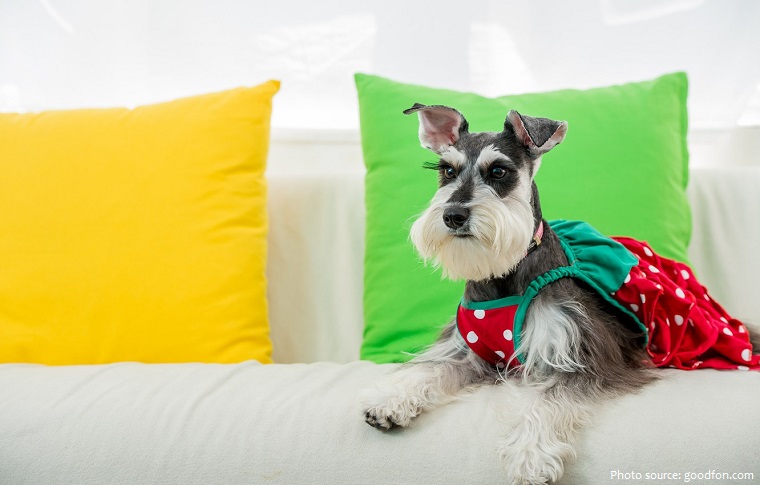
The miniature schnauzer is closely related to its larger counterparts, the standard schnauzer and giant schnauzer.
All three schnauzer breeds can be traced back to 15th century Germany.
The earliest records surrounding the development of the Standard Schnauzer in Germany come from the late 19th century.
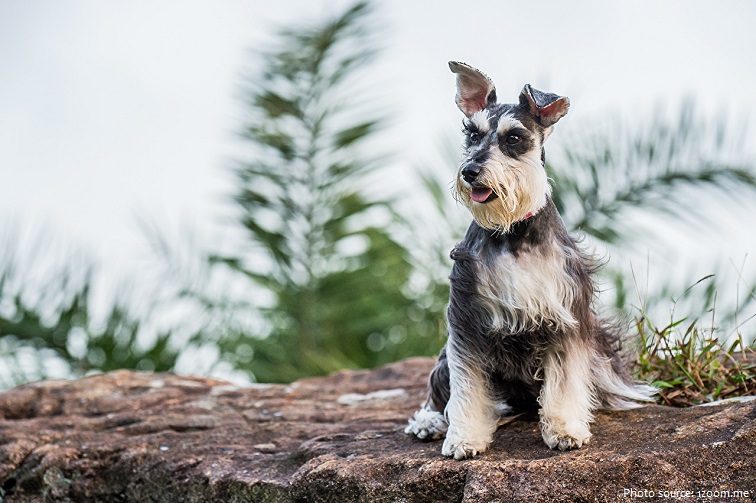
They were originally bred to be medium-sized farm dogs in Germany, equally suited to ratting, herding, and guarding property.
As time passed, farmers bred the Standard Schnauzer into a smaller, more compact size for ratting by combining it, according to cynologist theorization, with one or more small breeds such as the Affenpinscher and Miniature Poodle, Miniature Pinscher, or Pomeranian, or by chance from smallest specimens of the Standard Schnauzer.
The first recorded Miniature Schnauzer appeared in 1888, black female named Findel, and the Pinscher-Schnauzer Klub (formed in 1895) in its first volume of the club’s stud book mentioned Wirehaired Miniature Pinscher. The first exhibition was held in 1899.
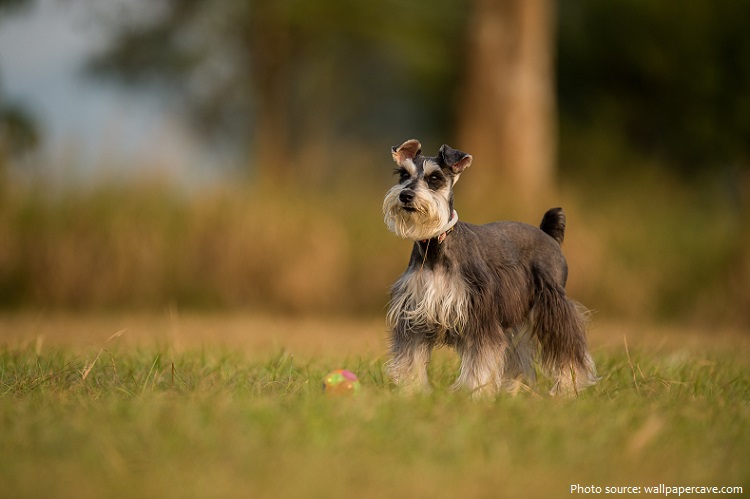
The American Kennel Club accepted registration of the new breed in 1926, two years after Miniature Schnauzers were introduced to the United States.
The American Miniature Schnauzer Club was formed in 1933, from the older parent club Wire-Haired Pinscher Club of America which also included Standard Schnauzer, and initially both competed in the Working Group until 1927.
The Miniature Schnauzer is the most popular Schnauzer breed, and remains one of the most popular worldwide, primarily for its temperament and relatively small size.
They are highly playful dogs, and, if not given the outlet required for their energy, they can become bored and invent their own “fun”. As an example: many Miniature Schnauzers enjoy playing with paper, and will happily shred wrapping paper, toilet paper, etc. if left unsupervised when bored or seeking attention. Miniature Schnauzers can compete in dog agility trials, obedience, showmanship, flyball, and tracking.
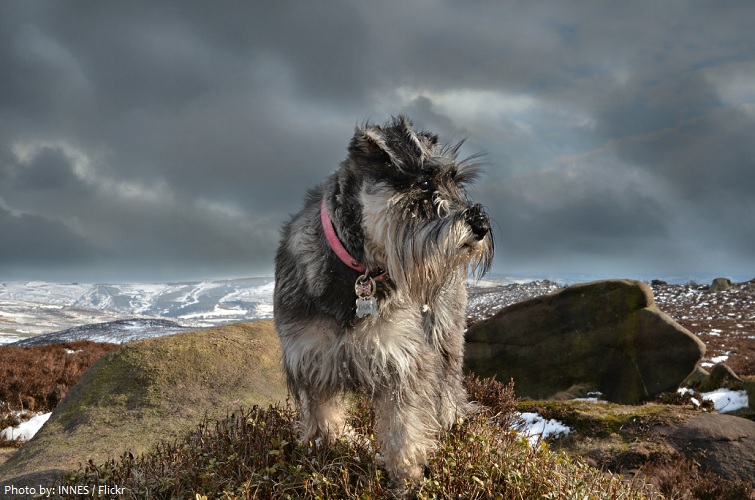
It was traditional to have the tails docked and the ears cropped to give an alert appearance. Cropping and docking are now illegal in the European Union, Australia, and New Zealand, and are becoming less common elsewhere.
Schnauzers have a specific groom cut that is standard among the schnauzer breeds. Schnauzers require regular grooming, either by stripping, or by clipping. Stripping removes the loose, dead coat – it may be done by hand, called finger stripping, or plucking, or with a stripping knife – either way, it is a laborious process.
The Schnauzer’s beard and leg hair should be brushed often to prevent mats from forming.
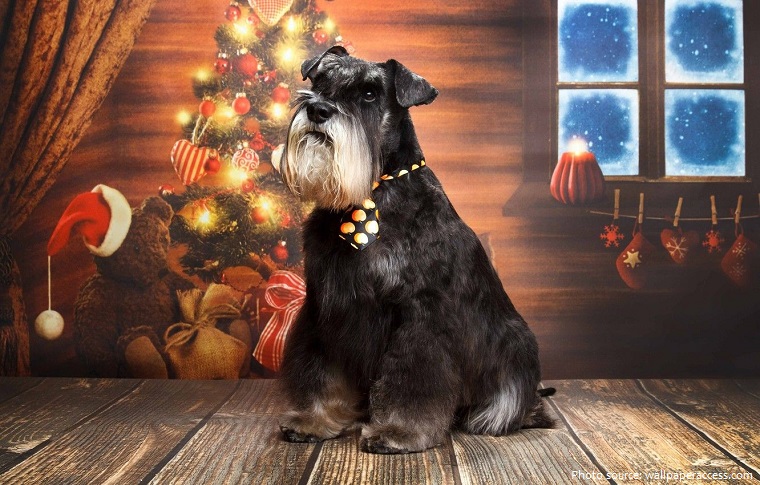
White is one of four color varieties of the Miniature Schnauzer currently recognized by the Fédération Cynologique Internationale. However, they are not accepted for conformation showing by the American Kennel Club and Canadian Kennel Club.
The Miniature Schnauzer is really smart ranking 12th on the list of dog breed intelligence. Most of the breeds that do rank higher are working dogs. They are ranked the smartest of the three sizes of Schnauzer with the Standard Schnauzer ranked 22nd and the Giant Schnauzer ranked 35th.
Overall, the miniature schnauzer makes a wonderful pet for all kinds of households. They will generally socialize well with other breeds of dogs and may get along well with cats.
On average a Miniature Schnauzer puppy will cost $950 in the United States. Most puppies can be found between $600 and $1,800.